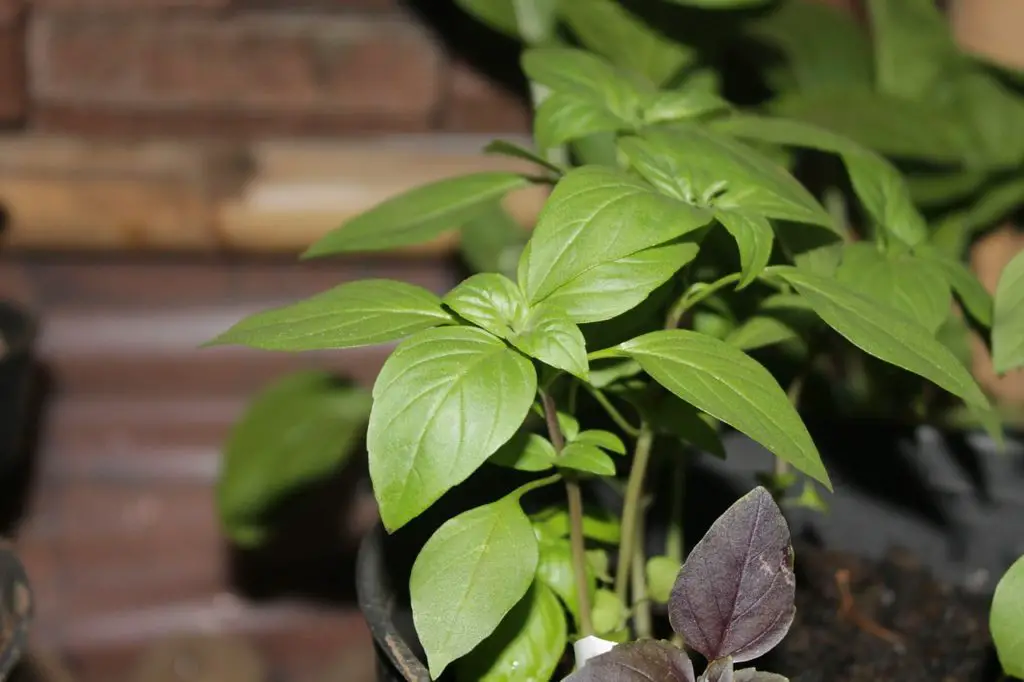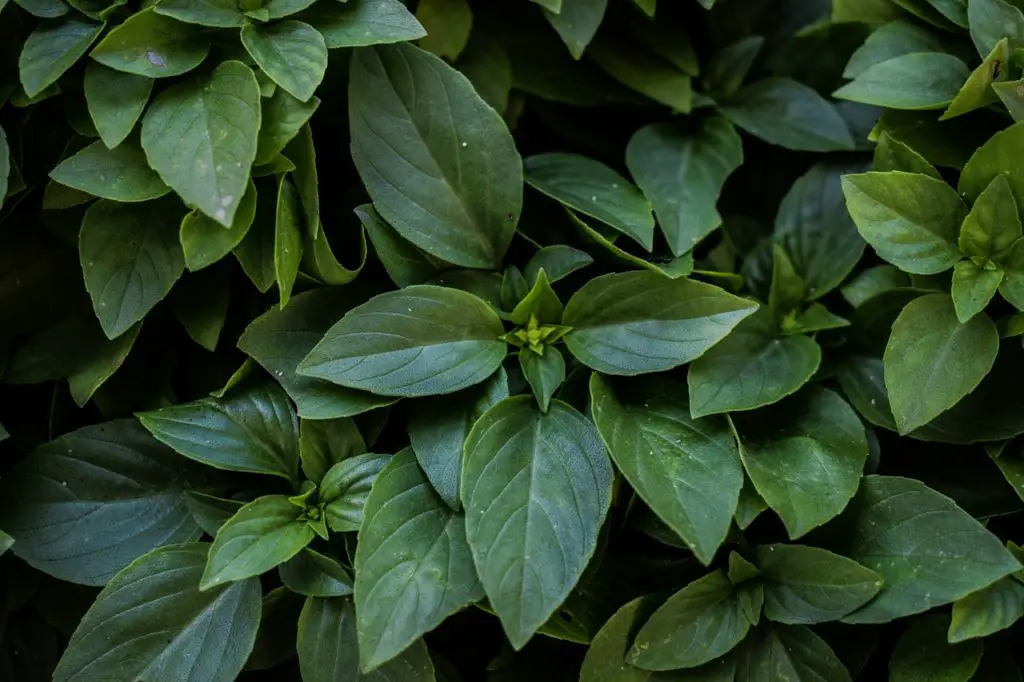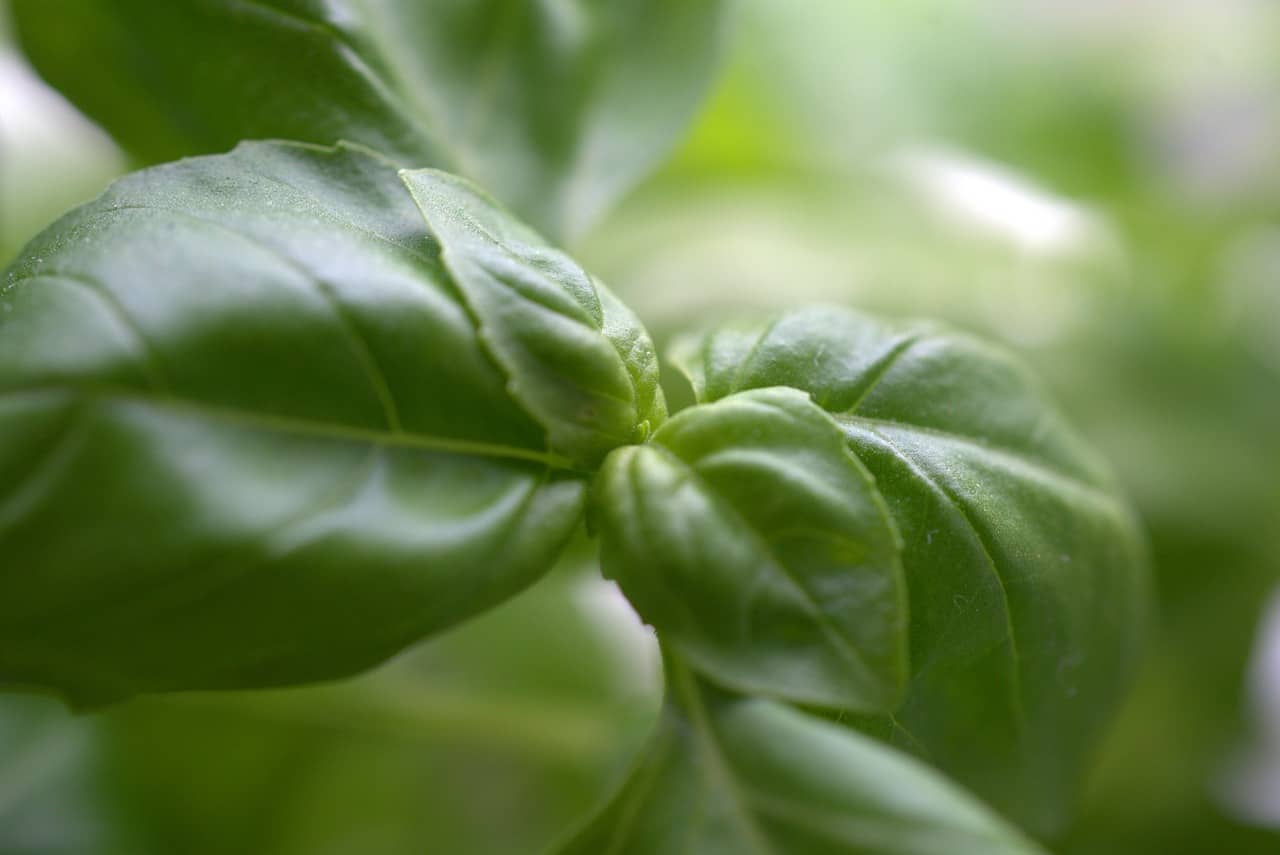
Basil is a herb that is native to tropical regions and does not tolerate cold temperatures very well. Exposure to low temperatures for an extended period can cause damage to the leaves, leading to discoloration and even death of the plant. So, what low temperature can basil tolerate? The optimal temperature range for basil growth is between 60 to 90 degrees Fahrenheit. However, basil can tolerate temperatures as low as 50 degrees Fahrenheit for a short period, a lot of sunlight at these temperatures though will make a big difference in its health.
How Cold Can Basil Tolerate
Basil is sensitive to cold temperatures and typically cannot tolerate frost. Exposure to temperatures below 50°F (10°C) can cause damage, including wilting and browning of leaves. To protect basil from cold, plant it after the last frost date in your area and bring potted plants indoors when temperatures drop. In colder climates, consider covering plants with row covers or cloths to shield them from frost. Providing adequate shelter and warmth ensures healthy basil plants and prolongs the growing season.
How Cold Can Basil Seedlings Tolerate
Basil seedlings are delicate and sensitive to cold temperatures. They can tolerate temperatures above 50°F (10°C) but are susceptible to damage if exposed to frost or temperatures below freezing. It’s essential to wait until after the last frost date to transplant seedlings outdoors and to provide protection, such as cloches or row covers, if there’s a risk of frost. Optimal growth occurs in warmer conditions with temperatures above 70°F (21°C).
Basil Temperature Range
Basil is an herb that requires a specific temperature range to thrive. The ideal temperature range for growing basil is between 60 and 90°F (15.5 and 32.2°C). This temperature range is necessary to ensure proper growth, leaf development, and flavor. When temperatures exceed 90°F (32.2°C), basil may begin to wilt and become stressed. If this happens, it’s important to provide extra water and shade to help the plant recover. On the other hand, when temperatures drop below 60°F (15.5°C), basil growth will slow down and may even stop. If temperatures drop below 50°F (10°C), basil will begin to suffer damage and may even die.
It’s important to note that different varieties of basil have different temperature tolerances. For example, Thai basil is more tolerant of heat and humidity than other types of basil. It can tolerate temperatures up to 100°F (37.8°C) and still produce flavorful leaves. To ensure that your basil plants are growing in the appropriate temperature range, it’s best to monitor the temperature in the growing area regularly. A digital thermometer can be a useful tool to help you keep track of temperature fluctuations.
In addition to temperature, it’s important to provide adequate light, water, and nutrients to your basil plants to ensure optimal growth and flavor. By providing the proper conditions, you can grow healthy, flavorful basil plants that will thrive in your garden or indoor growing space.
Can Basil Survive 40 Degrees?
Basil plants are not able to survive temperatures below 40 degrees Fahrenheit (4°C). Exposing basil plants to temperatures this low can cause severe damage or even kill the plant.
What Is The Lowest Night Temperature For Basil?
Basil plants should not be exposed to temperatures below 50 degrees Fahrenheit (10°C) at night. If the temperature drops below this range, the plant may suffer from cold damage.
Thai Basil Temperature Tolerance
Thai basil prefers temperatures between 70-90°F (21-32°C) but can tolerate slight variations. Protect from frost, as cold can damage or kill plants. During hot spells, ensure adequate airflow to prevent heat stress. If growing in cooler climates, consider planting in containers that can be brought indoors or covering plants with row covers to extend the growing season.

When To Cover Basil Plants
When the temperature drops below the optimal range for basil growth, covering your basil plants can help protect them from the cold. But when should you cover them? Ideally, you should cover your basil plants when the temperature drops below 50°F (10°C). This is because basil is a warm-season herb that thrives in temperatures between 70-90°F (21-32°C). Exposing basil to temperatures below 50°F (10°C) can cause damage to the leaves, stems, and overall health of the plant.
You can cover your basil plants with a cloth or blanket when the temperature drops, making sure the cover doesn’t touch the leaves. The cover acts as insulation and helps trap heat around the plant, keeping it warm. It’s important to note that while covering your basil plants can help protect them from the cold, it’s not a guarantee that they will survive. If the temperature drops too low or for an extended period, the plant may still suffer damage or die.
In addition to covering your plants, you can also move potted basil indoors or to a sheltered location if the temperature is expected to drop below 50°F (10°C). This can help provide additional protection from the cold.
How To Protect Basil From The Cold
To protect basil plants from the cold, cover them with a light blanket or fabric. Alternatively, move the plants indoors to a warmer location or grow them in a greenhouse. Mulching around the base of the plant can also help to insulate the soil and keep the roots warm. In conclusion, basil is a warm-weather herb that can tolerate slightly cooler temperatures as long as they are not exposed to frost or freezing temperatures. Basil plants should not be exposed to temperatures below 50 degrees Fahrenheit (10°C) at night, and if the temperature is expected to drop below this range, it is recommended to cover the plants or move them indoors to a warmer location.

